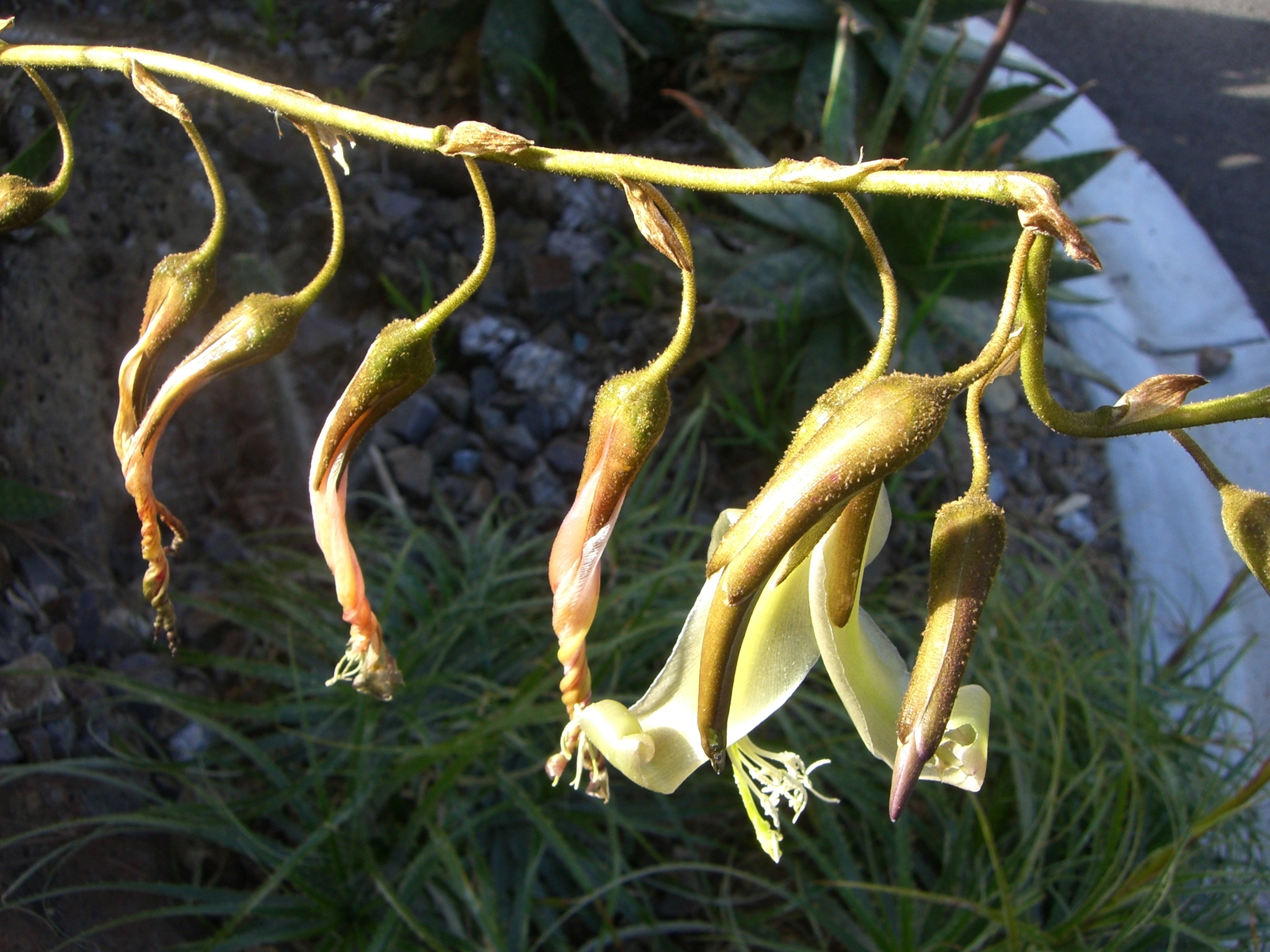
Based on a name used by the Mapache Indians of Chile meaning “painted”.
Perennial, terrestrial, usually stemmed herbs.Very variable in size, the smallest is as large as the flower of the largest! leaves in a dense rosette; sheaths distinct; blades narrowly triangular, almost always coarsely spined. Inflorescence simple or paniculate. Flowers showy; sepals free, much shorter than the petals; petals free, the blades generally spreading at flowering, often twisted together in a spiral; stamens included. Ovary superior or slightly inferior; seeds large, winged.
Regrettably the smallest species are the hardest to grow. All larger species eventually need to be planted outside in open rockeries. Their size generally precludes them from the ordinary garden and they are usually only seen in Botanic Gardens such as those in Adelaide where they make an impressive sight when flowering.
Leaves sheathed, spiny, blades not narrowed to the base; petals twisted together after flowering; ovary superior.
About 180 species from Costa Rica to Chile occurring from sea level to 5000 m, distributed throughout the Andes.
Source: (2005). Bromeliaceae. In: . Horticultural Flora of South-eastern Australia. Volume 5. Flowering plants. Monocotyledons. The identification of garden and cultivated plants. University of New South Wales Press.
